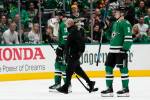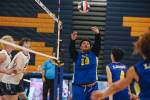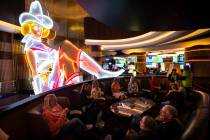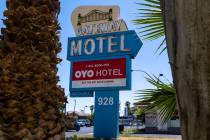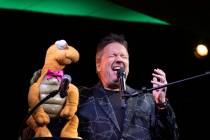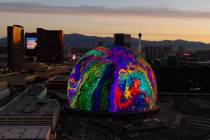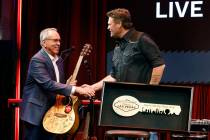Saucer transports kids into educational zone

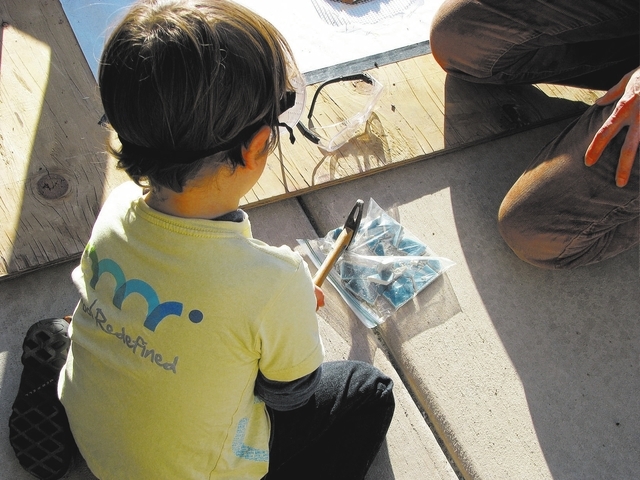

With all of the construction going on at the Downtown Container Park, it wasn’t too surprising when a flying saucer landed nearby in mid-November.
Technically, the flying saucer didn’t land so much as haul in two pieces built to be assembled on site, but to the children playing in and around the saucer, that distinction didn’t seem to be important.
“The kids have really been having a ball with it,” said artist Dana Albany, who built the project with more than 100 youths from a San Francisco-area Boys & Girls Club. “The concept was to bring art and technology to kids. That’s really important, especially with budgets being cut for art education.”
The Youth Educational Spacecraft Project, also known as the YES project, came to the Learning Village, 727 Fremont St., from Nov. 15 to Dec. 8 and brought Albany and her project partner Kal Spelletich, to offer free technology and art classes to Las Vegas Valley children.
“They asked us to come down, and we were really excited to bring the project here,” Spelletich said. “I’m interested in interfacing humans with technology.”
Spelletich said he has created about 100 machines and robots over the years out of scrap and recycled parts.
“I like to make the work fun and educational,” he said. “I like to show people the nuts and bolts of a project. I like to go, ‘Here’s a motor, and here’s how I wired it,’ so I don’t like to cover up the working parts. I try to keep it all scrappy and punk.”
A dozen of Spelletich’s machines were arranged in the Learning Center and offered a hands-on experience for visitors. There were machines that walked across the floor, played the violin and drew a rough approximation of the Crab Nebula, all operated with or initiated by human hands.
“I came out for 10 days to do workshops with kids and talk about technology in our lives,” Spelletich said. “I want to create things that make someone want to interact with something educational.”
Albany’s flying saucer stood 11 feet, measured 12 feet in diameter and took five months to build. It was also built of recycled and salvaged parts.
“I built the frame and then had the kids create smaller pieces of the mosaic that were attached to the surface of the frame,” Albany said. “They worked with wood glue so they weren’t working with anything toxic. I put it all together with stronger stuff later on.”
She said the project taught valuable lessons about art and technology, but she thought some of the more important lessons included how to work collaboratively and how to create something that is bigger than themselves.
“The first time we showed it in public, all these little kids who had worked on it were standing in front of it telling people that they had built it,” Albany said. “They really took ownership of it.”
Lights and electronics inside the ship were the only parts not made of salvaged materials. The spacecraft included a fog machine, a soundscape system, a vibration interface, a robotic voice adaptation system, an interactive monitor/camera streaming educational content and an LED light installation with the capacity to run 130 light sequences.
“The idea was to make it fun and interactive,” Albany said. “There are lots of buttons inside that you can push that make sound effects, and there’s an educational video inside, where people talk about things like what they think another planet might be like.”
In addition to educating children with on-site machines, Albany worked on a permanent mosaic mural with students of the 9th Bridge School, 310 S. Ninth St.
“For me, a lot of it is about asking what is technology good at and what are humans good at,” Spelletich said. “It’s figuring out what’s important to you, what you want and how to realize that.”
Contact Paradise/Downtown View reporter F. Andrew Taylor at ataylor@viewnews.com or 702-380-4532.



